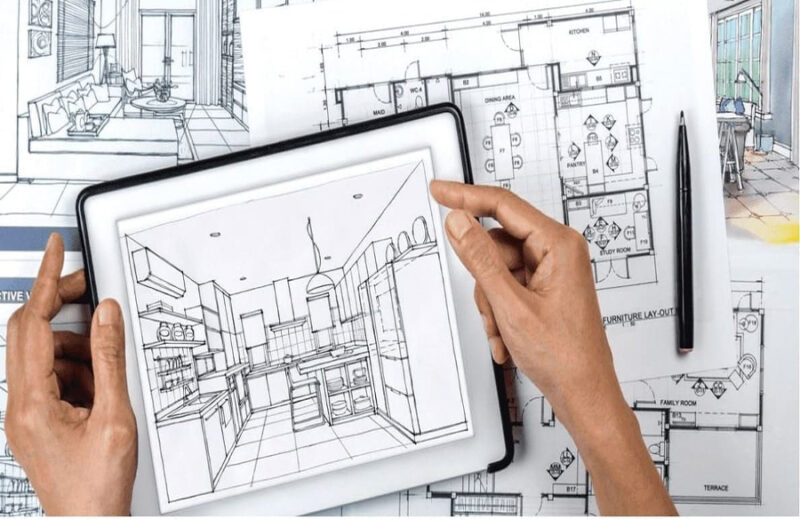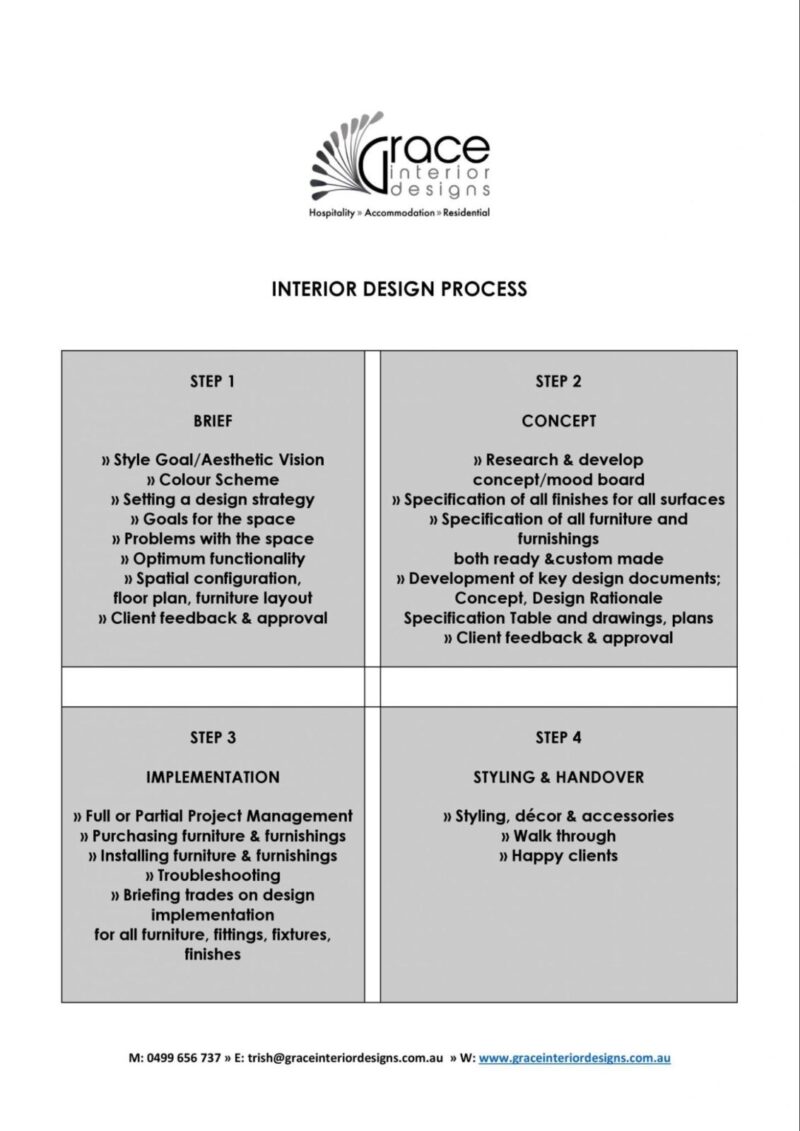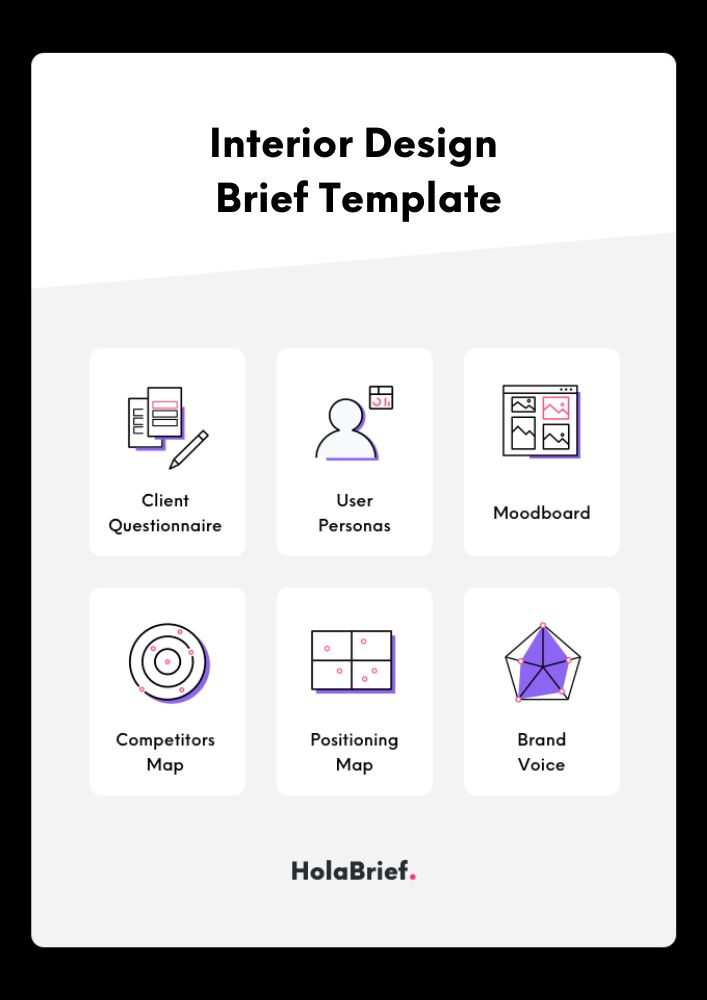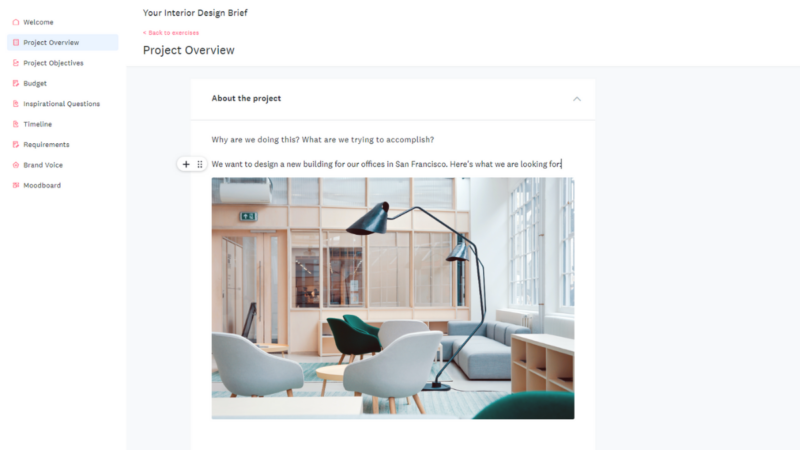Prime Factors:
When writing an interior design project brief, avoid making the following mistakes in the plan.
- Do not start without having a plan.
- Do not forget about budget planning.
- Don’t start designing haphazardly without defining a focal point.
- Don’t try to clutter the display.
- Don’t mess up the surroundings with the big-sized furniture.
Below are the details of how to implement it in your interior brief.
The interior design brief is a document written to design the interiors of buildings. Here you will outline what the project is, what your expectations and what are the requirements for its successful completion. No matter which project you are working on, the interior design brief needs to be the first thing you have to complete. It will ensure that everyone understands the project well to pinpoint the finished results.
Many people find it difficult to convey their requirements and thoughts to the designer. Mostly, they are even clueless about how to start, what to mention and what not. This is part of the process, and it is quite normal to be ambiguous about a complex project. Hence, writing a brief may grant you clarity about how to do it. In this article, we will talk about how to write a flawless design brief interior design and what mistakes to avoid while writing it. Keep reading.
How to Write an Interior Design Brief? Top 5 Mistakes to Avoid

When it comes to curating a beautiful space of living, there are a lot of things that come together to make a perfect space. There are some ins and outs of the process that you must be aware of. The below is to discuss it so that you can comprehensibly make the designer understand your intent. Also, the information about the client brief for interior design given below can be used by any student writing assignments on a similar topic.
Hence, if it is difficult for you to collect data for your academic project because you don’t know the relevant sources, then buy an assignment online from The Academic Papers UK. They can provide you with documents that can boost your academic performance. Let’s now discuss the main topic.
1. Not Having a Plan
If you start writing your design brief for an interior designer without any planning, it’s like driving a car on the road without using Google Maps. Here, you might arrive where you don’t want to. Therefore, framing out the flam before starting writing is the core need. Although not all the designs require you to use scale, there must be a consistent design and colour pattern to define all the specs clearly.
Here, you can keep note of things like,
- What is the size of the project interior design brief?
- Know which items will stay in the home and what needs to be added more.
- List of things you need to complete the project.
- Look for a brief history of interior design to know about further additions.
2. Not Budgeting Properly

Many people do not realise how important it is to estimate the finances of your project. This is the area that can make or break your project. If you don’t plan it before time, you may end up with overspending on a few items and not being left with the money afterwards. So, when you hold a pen for writing your interior design brief, remember to know the budget first and then think of implementing those aesthetic ideas in your living space.
3. Failing to Establish a Focal Point
There is a simple rule when you begin with designing. The process starts with the focal point that helps to anchor the space. This visually prominent feature draws the attention of the one who lands in your place. It can be a fireplace, a large window, a centre table, etc. Here, you need to brainstorm ideas based on the theme you want to have. The colour combinations to use and the visuals that must be part of it all need to be taken note of. The better you work on it, the better it can retain the visitor’s attention.
4. Having your Clutter on Display

Cluttering is always a bad idea in interior design briefs. Even the most beautiful space may look messy with unwanted cluttering. So, clear up this clutter from your plan, which will free up more time and reduce stress in life. Look at the things that you do not need, and it just adds ambiguity to the main theme. You can incorporate clear organisation ideas to make the finished look like a pro.
The ideas of cluttering and organisation may seem interesting. If you are writing an assignment on a similar topic and want it to stand out from the rest, then buy an assignment online. Getting professional assistance will definitely help boost your grades.
5. Choosing the Wrong Size Furniture
There is no denying the fact that scale and proportion are some of the hardest parts of the interior design brief process. Many of us think that if you have a large house, then the furniture should be equally large. It is ok to use large-size furniture, but better to balance it with small-size visuals.
There should be a mix of various sizes, shapes, and heights to create an interesting skyline for the visitors. Take note of the spaces and furniture size before you haphazardly think of buying any visually appealing furniture piece.
What Are The 7 Parts of A Design Brief?
Whenever you are briefing a designer, keep note of 7 key elements that must be part of every design brief.
- Provide an overview of the project.
- Know who is your target audience.
- Define some rules that your company owns.
- Define the project timeline when you need to be done.
- Outline the deliverables clearly.
- Talk about the budget.
- Get inspiration and see examples.
Interior Design Brief Example
The idea of writing interior design briefs can be daunting but looking at the interior design client brief example can make the process easier. A similar example has been given by the design basics.

Interior Design Brief Template
The design brief is easier to think of but hard to write on paper. The flow of ideas in your brain needs to be organised into the final paper. Here considering the template or using interior design brief generator can ensure the coherence in the text. The Holabreif has provided a template that can prove helpful for you.

Conclusion
The interior design brief is one of the most important parts of your home project. Once things are not defined in the final paper, don’t think of their effective implementation. In the guide above, we have discussed how people make mistakes in the final plan when they communicate things to the designer. However, if you are supposed to write about a lengthy project and being busy with writing such a brief does not let you manage time for academic projects such as assignments, then it is better to buy assignments online from experts. This is the only way you can peacefully focus on designing your plan while an expert can write the assignments to fulfil your academic needs.


